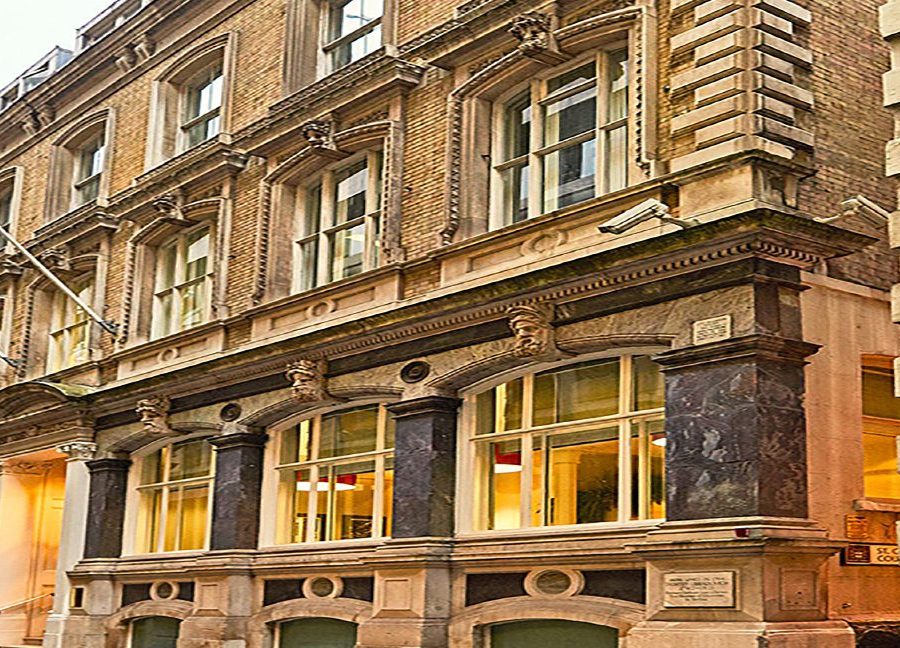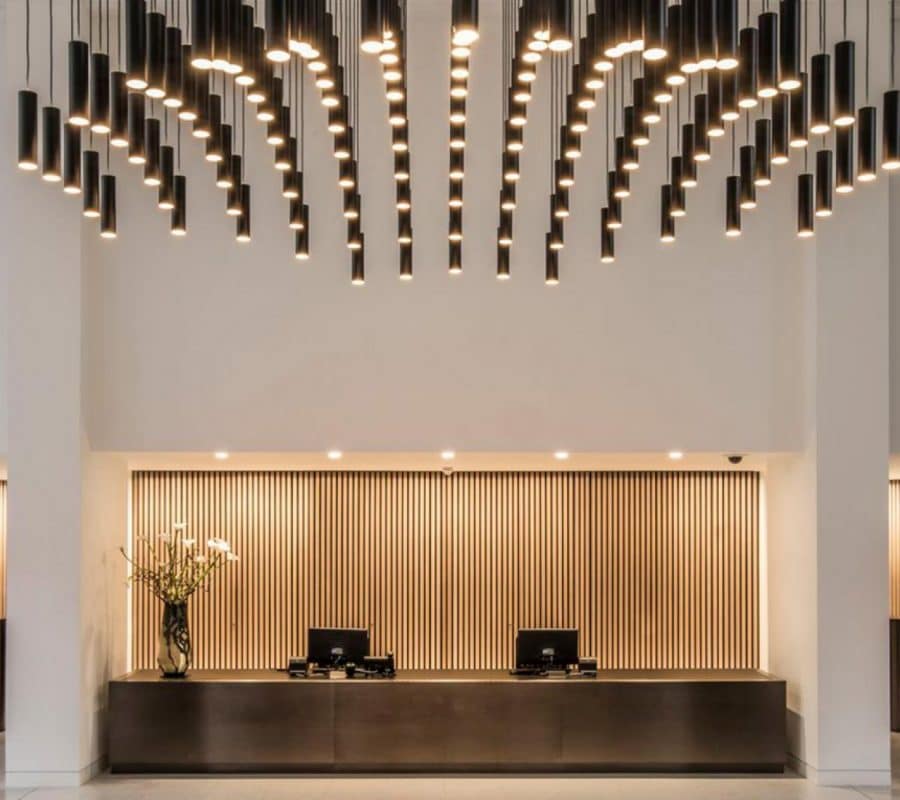Location:King William Street
King William Street Office Space
Office space on King William Street in the City of London represents a pleasing juxtaposition. It is a street with deep historical roots and prestige, yet it is progressive and embodies a drive for continuous improvement. The office space encapsulates that ethos.
The two-way street in the EC4 district links Lombard Street at its northern end with London Bridge and was laid between 1829 and 1835. It was for King William IV, who reigned from 1830 to 1837.
Today, the street is home to high-profile office occupiers, including those from the banking and finance, legal, and professional services sectors.
In 2024, it was announced by the City of London Corporation that improvements to the street would be carried out including widening pavements to improve accessibility and make the carriageway narrower and easier to cross, the planting of trees to provide shade and shelter from the elements and help clean the air, and raising sections of carriageway to slow vehicles and make the street easier to cross at Lombard Street, Nicholas Lane, and St Swithin’s Lane.
The office buildings on King William Street also reflect the same sense of enhancement whilst protecting heritage.
No.1 King William Street was constructed in the 1920s to be the head office of the London Assurance Corporation on the site of the first clubhouse of the Gresham Club, which was founded in 1843. The site was also the location of the London headquarters of Rothschild & Co., which was established in 1809.
In the 2010s, an extensive remodelling project was undertaken to extend and reinvent it and its neighbouring building into high-specification office space. The project’s aims were threefold -to restore the Grade II listed neoclassical corner building by reinvigorating its original features and to reclad and extend its southern neighbouring property vertically.
The project won the Architects’ Journal (AJ) Refurbishment of the Year, the Royal Institute of British Architects (RIBA) London Region Award, and the City of London Building of the Year – Best Retrofit.
The building now offers premium flexible office space with a large private terrace offering breathtaking views of the Bank of England and the surrounding conservation area within the Square Mile.
It offers ultramodern private offices with high-quality fittings and furnishings. Clients enjoy state-of-the-art business technologies such as private, secure LANs with dedicated high-speed bandwidth and ESG-considered amenities such as secure bike storage and shower rooms.
No. 10 King William Street also offers equally high-end contemporary office space above the Bank station entrance on Cannon Street.
It offers 139,000 square feet of Grade A premium office space, over 7,000 square feet of external terracing, and 2000 square feet of ancillary retail and extensive occupier amenity provision.
The development targeted the highest ESG credentials to ensure exemplary sustainability performance and optimum occupier experience. It offers best-in-class technological infrastructure and exceptional end-of-journey facilities, including 298 cycle spaces, 300 lockers, 30 showers, and bike repair stations. The changing facilities are complete with hairdryers, straighteners, irons, shoe cleaning stations, phone charging lockers, and complimentary towels and toiletries.
The all-electric office building also offers a wellness lounge, casual working areas, and a quiet, individual focus area.
In terms of credentials for environmental friendliness, it achieved BREEAM Outstanding and NABERS 5*. In terms of people-focused amenities, it achieved a Platinum WELL rating.
King William Street offers a variety of business accommodations that can be occupied in varying ways, including rented office space that is occupied via a conventional lease, and flexible office spaces to let.
The flexible options include fully furnished private serviced offices, and clients enjoy the use of 5-star shared amenities such as fully stocked kitchens, bookable meeting rooms, wellness facilities, and outdoor spaces.
Managed offices are ready-fitted, and the client leads the furnishing and fit-out process. Custom offices can include private reception areas, executive suites, hot-desking zones, kitchens, and bathrooms.
The flexible licences provide agility during times of business growth, allowing a business to expand into a larger space. Many offices on King William Street have space for 500 or more desks.
The flexible offices are paid via an all-inclusive pricing model. The monthly rent covers overheads such as utilities, daily cleaning, reception staff costs, insurance, security, and other overheads that would typically be paid for separately if an office is being leased.
The prime office buildings offer end-of-journey amenities for self-powered commuters. However, excellent public transport links in the locale are provided by Bank, Cannon Street, Mansion House, and Monument stations.
King William Street had its own station, but it was short-lived. It opened in 1890 as the northern terminus of the City and South London Railway (C&SLR), the first successful deep-level underground railway in London and one of the elements of the London Underground’s Northern line.
It was operational for less than 10 years. Today, the London Transport Museum runs regular virtual tours of the station through its Hidden London programme. The tour also explores how the disused King William Street station played a key role in upgrading Bank Underground station, a significant project completed in 2022.


